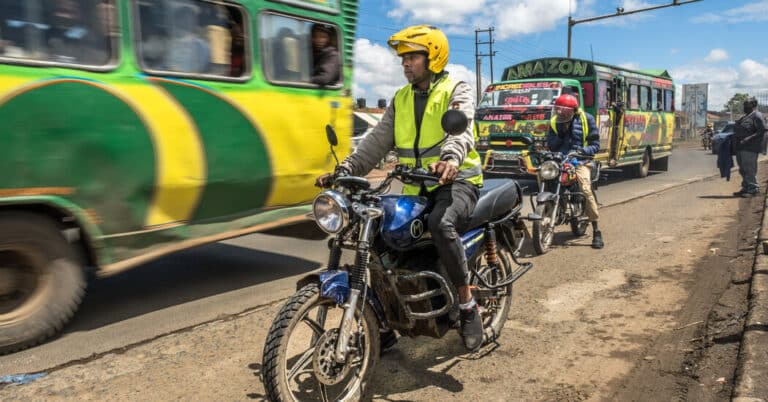In Darbhanga, a new acid-battery rickshaw, like the one Mr. Rai drives, sells for around 175,000 rupees, or $2,100. That’s half the price of a new rickshaw powered by natural gas. Charging the battery costs 20 rupees (25 cents), one-fourth of the price of filling a gas tank.
The rebates seem to be working. Reliance Industries, India’s biggest company, is converting its three-wheeled cargo vehicles from gas to electric. Food delivery services are going electric as quickly as possible.
Chetan Maini, whose company Sun Mobility builds charging infrastructure, said business was growing fast. Battery prices are dropping, helping to push down the cost of electric two- and three-wheelers. “When the crossover point happens here,” Mr. Maini predicted, “the effect is very quick, hockey-stick shaped, because it’s more price-sensitive.”
In Darbhanga, around 200 electric rickshaws are sold a month, according to Balaji Motors, a dealer. In two years, a sales manager estimates, electric rickshaws will dominate the streets.
By Indian standards, Darbhanga, with a population of 300,000 people, could be called a sleepy town. Quiet, though, it is not. Loudspeakers blast music from temples and advertising jingles from open-air shops. Horns honk; engines sputter.
In that soundscape, Mr. Rai’s purring electric rickshaw is a relative rarity, one that delighted a recent passenger, a retired teacher named Satyen Vir Jha.
Translated Version:
In Darbhanga, a new acid-battery rickshaw, like the one Mr. Rai drives, sells for around 175,000 rupees, or $2,100. That’s half the price of a new rickshaw powered by natural gas. Charging the battery costs 20 rupees (25 cents), one-fourth of the price of filling a gas tank.
The rebates seem to be working. Reliance Industries, India’s biggest company, is converting its three-wheeled cargo vehicles from gas to electric. Food delivery services are going electric as quickly as possible.
Chetan Maini, whose company Sun Mobility builds charging infrastructure, said business was growing fast. Battery prices are dropping, helping to push down the cost of electric two- and three-wheelers. “When the crossover point happens here,” Mr. Maini predicted, “the effect is very quick, hockey-stick shaped, because it’s more price-sensitive.”
In Darbhanga, around 200 electric rickshaws are sold a month, according to Balaji Motors, a dealer. In two years, a sales manager estimates, electric rickshaws will dominate the streets.
By Indian standards, Darbhanga, with a population of 300,000 people, could be called a sleepy town. Quiet, though, it is not. Loudspeakers blast music from temples and advertising jingles from open-air shops. Horns honk; engines sputter.
In that soundscape, Mr. Rai’s purring electric rickshaw is a relative rarity, one that delighted a recent passenger, a retired teacher named Satyen Vir Jha.


